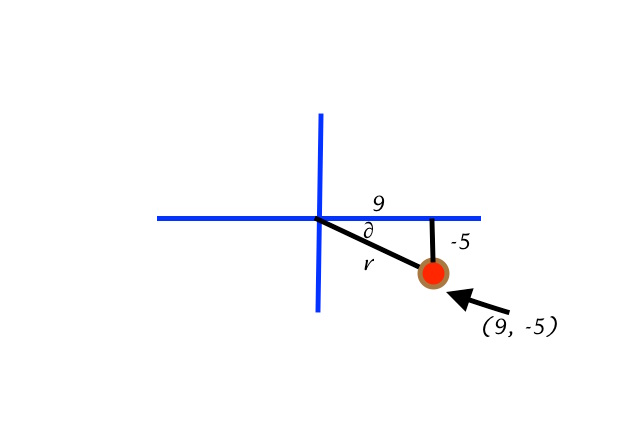Consider the following diagram:

The diagram is just to say that we know the two legs of the triangle, which lie in quadrant four. In other words, we can already state #tanalpha# and #cotalpha#, but to find the other four trigonometric functions we need to know the length of the hypotenuse, or #r#.
We can do this by pythagorean theorem:
#r^2 = (-5)^2 + 9^2#
#r = sqrt(25 + 81)#
#r = sqrt(106)#
Now, we can state the value of all 6 trigonometric ratios.
#sinalpha = "opposite"/"hypotenuse" = -5/sqrt(106) = (-5sqrt(106))/106#
#cscalpha = 1/("opposite"/"hypotenuse") = 1/(-5/(sqrt(106))) = -sqrt(106)/5#
#cosalpha = "adjacent/hypotenuse" = 9/sqrt(106) = (9sqrt(106))/106#
#secalpha = 1/("adjacent"/"hypotenuse") = 1/(9/sqrt(106)) = sqrt(106)/9#
#tanalpha = "opposite"/"adjacent" = -5/9#
#cotalpha = 1/("opposite"/"adjacent") = -9/5#
Hopefully this helps!


